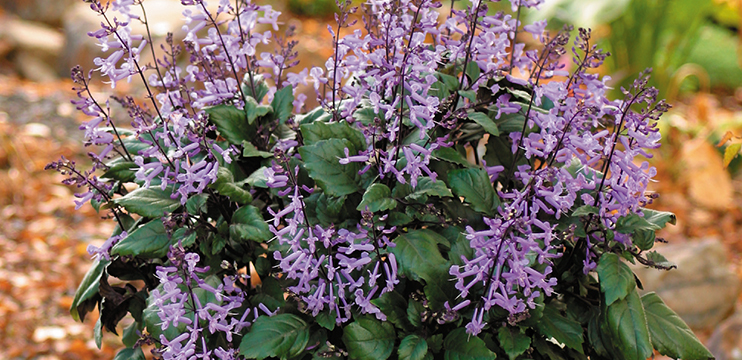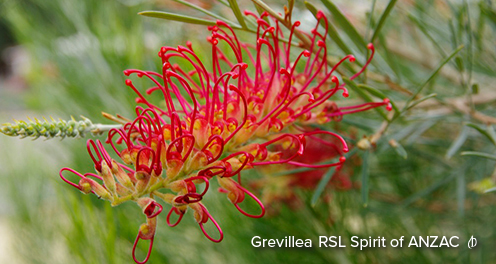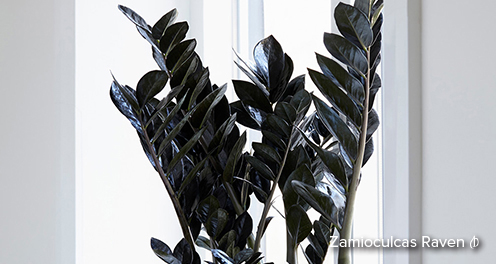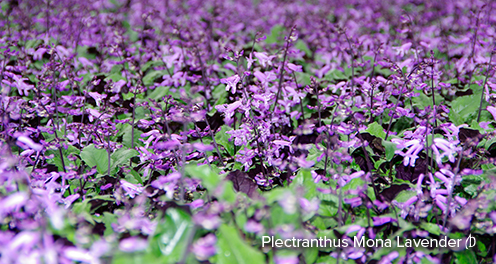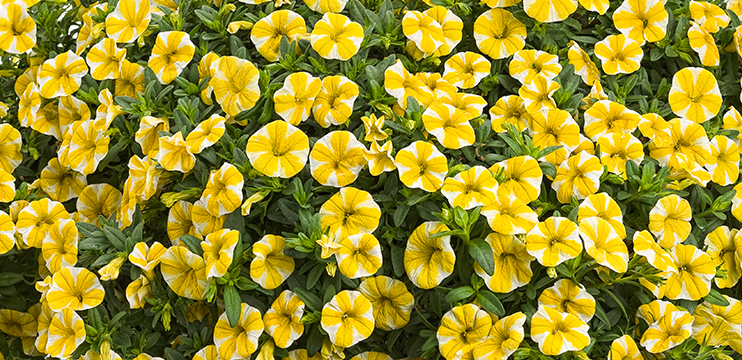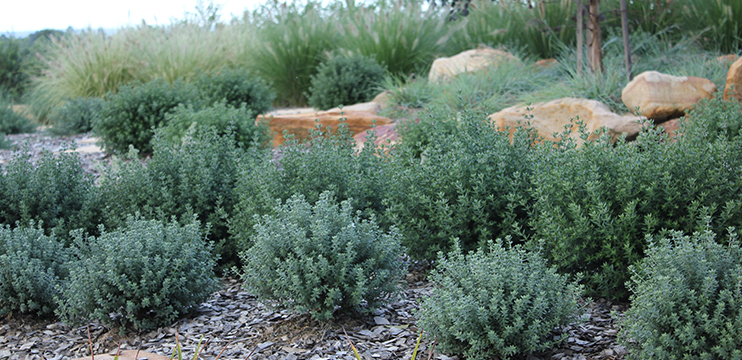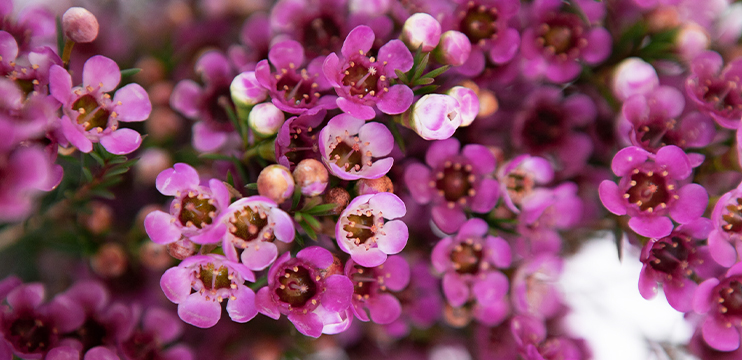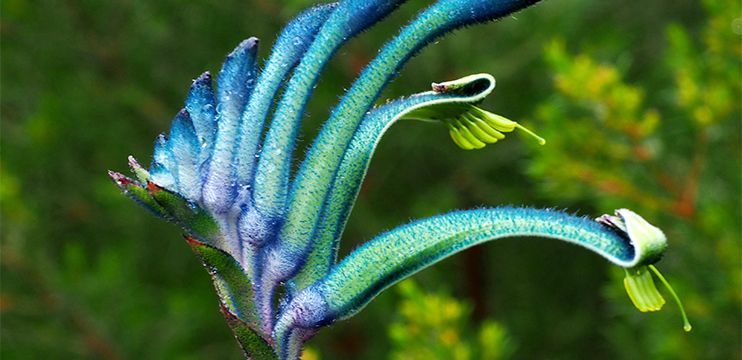Ever seen a plant name followed by (PVR) or (PBR), and wondered what this meant?
Plant Breeder's Rights (or PBR) [formerly known as Plant Variety Rights (or PVR) in Australia] gives plant breeders the ownership of a newly-bred plant variety for a specific period of time. This ensures the breeder has exclusive rights to produce or reproduce that plant’s material. It also prohibits others from dividing or propagating the plant for resale or commercial gain, which is illegal.
PBRs are typically used to protect new varieties of plants that are distinct, uniform and stable, however PBR legislation also covers essentially derived varieties and farm saved seed. Breeders are encouraged to invest in bringing new plant varieties to the market, as a PBR offers protection for the breeder to recoup a return on that investment. Application, certificate and renewal fees apply to hold a PBR.
Without a PBR, plant names are also sometimes intended for protection. This is represented by either a ™ (meaning Trademark) or an ® (meaning Registered Trademark) following the name.
A trademark can be used by any person or business to indicate that particular plant name is meant to serve as an identifier for the source of that plant. Further, a registered trademark indicates that the trademark has been officially recorded for that plant.
To be registered, a trademark application must meet the legislative requirements. This process begins by submitting the application to – which is then reviewed by – the Australian Government’s agency for Intellectual Property. If approved, it will be visible in the Australian Official Journal of Trade Marks for two months, during which time third parties may oppose the intended registration. If it is unopposed, the trademark is registered. The length of the registration process can depend on the variety being grown. Similarly, the length of protection can also differ for some species.
Different combinations of IP rights can be used to add value to a single plant variety. For example, trademarks are most commonly used in conjunction with PBRs, such as in the case of Westringia 'WES03' Blue Gem™ or Lomandra 'SIR5' Wingarra™.
Explore our online plant library to discover an extensive range of exclusive PBR plants.

